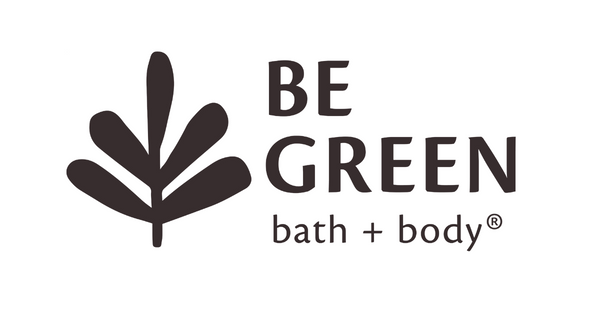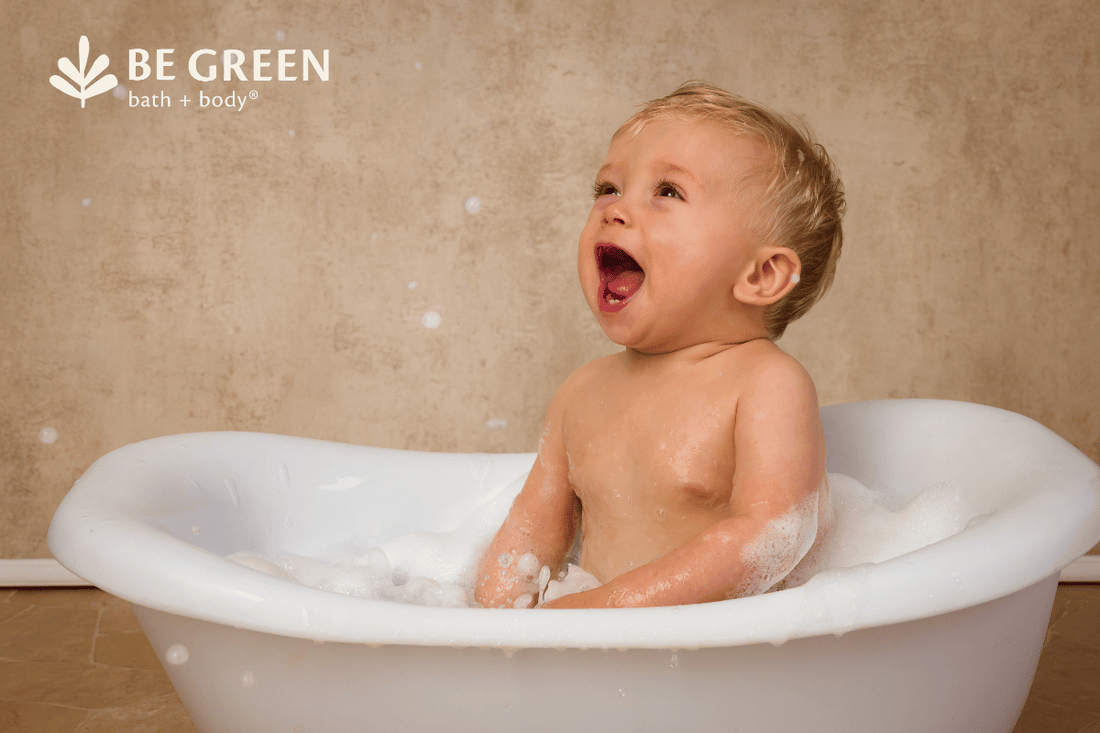Sodium Lauryl Sulfate (SLS) And Sodium Laureth Sulfate (SLES)
Many years ago when I started reading the labels, I was amazed at all the names I didn't recognize. Seems like you need a chemistry degree in the US if you want to understand labels! It's pretty overwhelming to learn about the chemicals. Where do you start? How do you know which one's are worst? Why are they bad? What are safer alternatives to these ingredients? And the important question- will products work without these harmful ingredients?
The are several health impacts of these ingredients. SLS is incredibly irritating to your skin and causes dryness (remember how well it removes oil?). It can also be irritating to the eyes. SLES may be contaminated with 1,4 dioxane (considered a probable carcinogen by the EPA). This is due to the manufacturing process (ethoxylation). The FDA “encourages” companies to remove this contaminant but doesn’t require it and there is usually no way to know if it has been removed. The levels of SLS taken, either orally or through the skin, may not be high on a daily basis —it's the gradual, cumulative effects of long-term, repeated exposures that are the concern. There are not many long-term studies on how ALL of the chemicals in these products react together—so we don't really know what the long-term effects are.
(View the International Chemical Safety Card.)
Luckily, there are safer alternatives- Coconut oil or corn oil soap, Castile soap (sometimes listed as saponified olive or coconut oil) Sodium Coco Sulfate (a coconut derivative), anything with Glucoside (unless the ingredient has PEG or –eth in the name) or Sodium Cocoamphoacetate. You can find these ingredients in products in the natural section made by Burt’s Bees, Aubrey Organics and many others . You can also search for safer alternatives on EWG's Skin Deep Database. As far as toothpaste, I like NOW foods xyli white available at vitacost.com. Trader Joe's Peppermint Toothpaste is also a good alternative. Watch out for some "natural" brands. Tom's of Maine toothpaste contains SLS. For mouthwash, I don't know about you, but I don't WANT to be foaming at the mouth so who needs SLS. I like my homemade recipe of water, vodka, baking soda and peppermint essential oil better.
A word of advice- truly natural products may feel different, but different in a good way. We've all grown up with chemical ridden products and have become accustomed to the way synthetic chemicals feel. We're only beginning to understand how natural feels. Will your SLS-free shampoo foam the way you're accustomed? No, I haven't found that to be the case. But after 8+ years, I've grown accustomed to less foam (not no foam). Your hair may feel different- not that squeaky clean you may be used to. This is OKAY. It's still clean. This is the way your hair is supposed to feel. I like to rinse my hair with a homemade cider vinegar rinse after using a natural shampoo. (Mix 1/4 cider vinegar with 3/4 water in a recycled squeeze bottle and leave it in the shower.) The rinse leaves my hair soft and detangled and no, it doesn't leave my hair smelling like vinegar!
“Nourish your skin safely” ™ Karen

